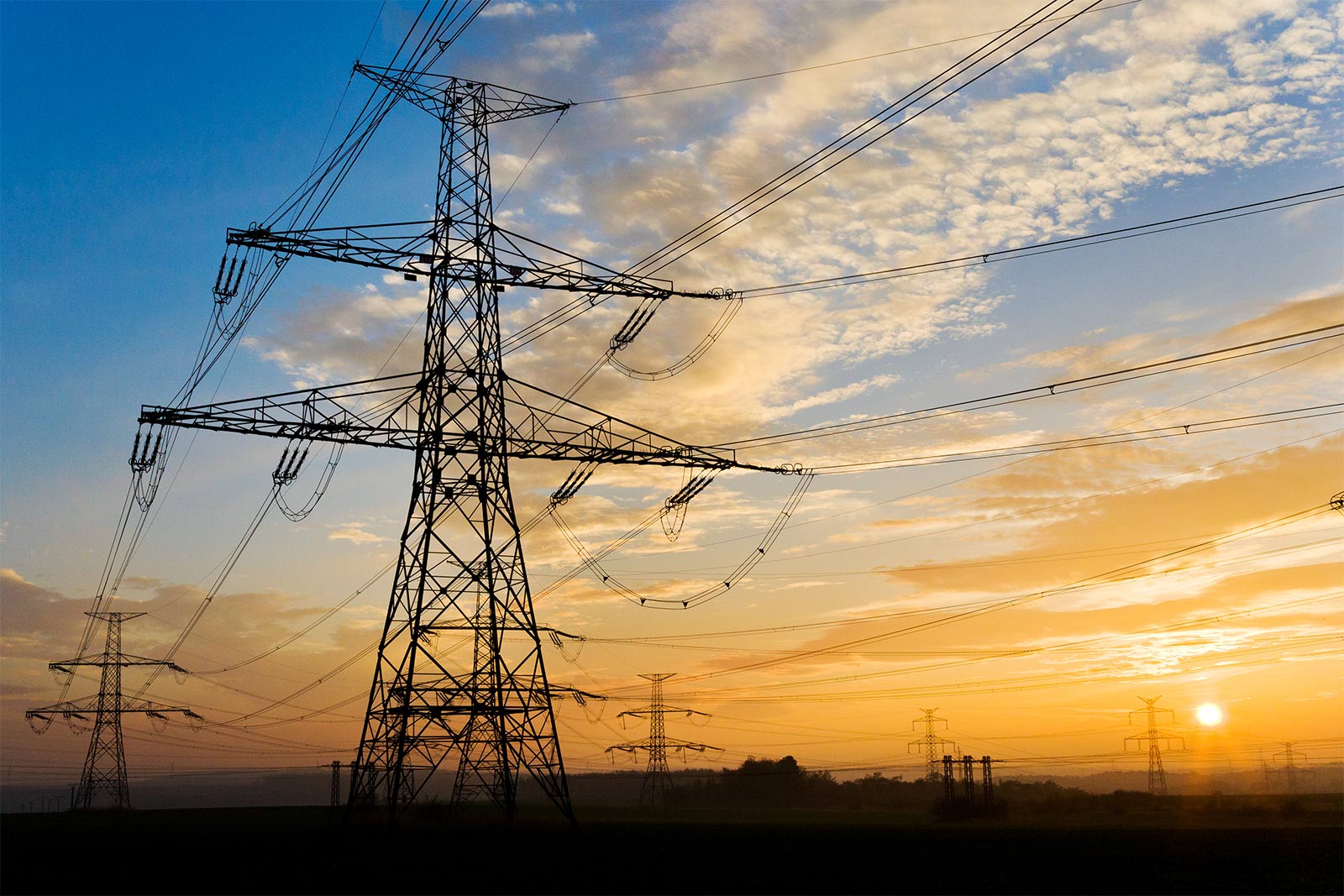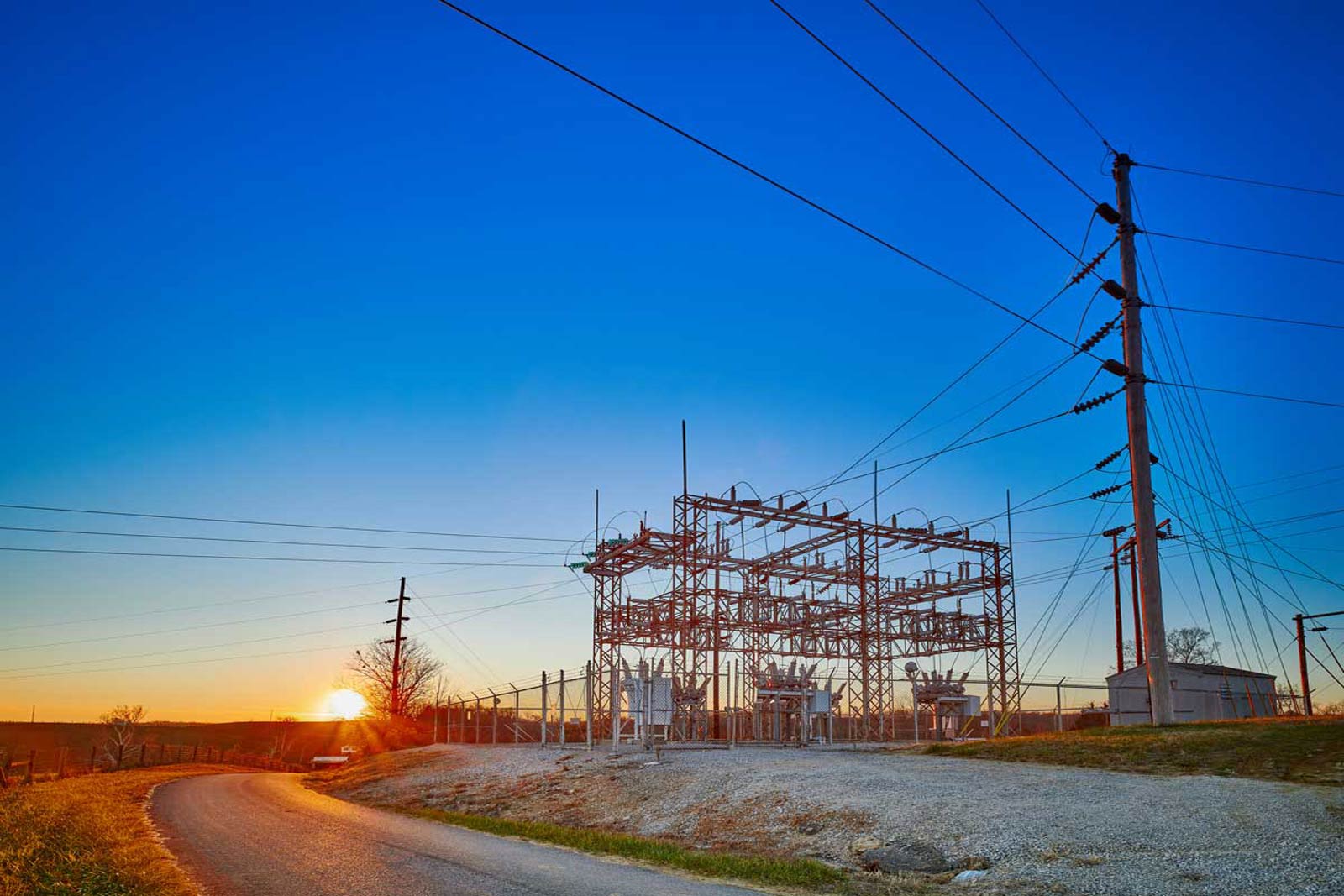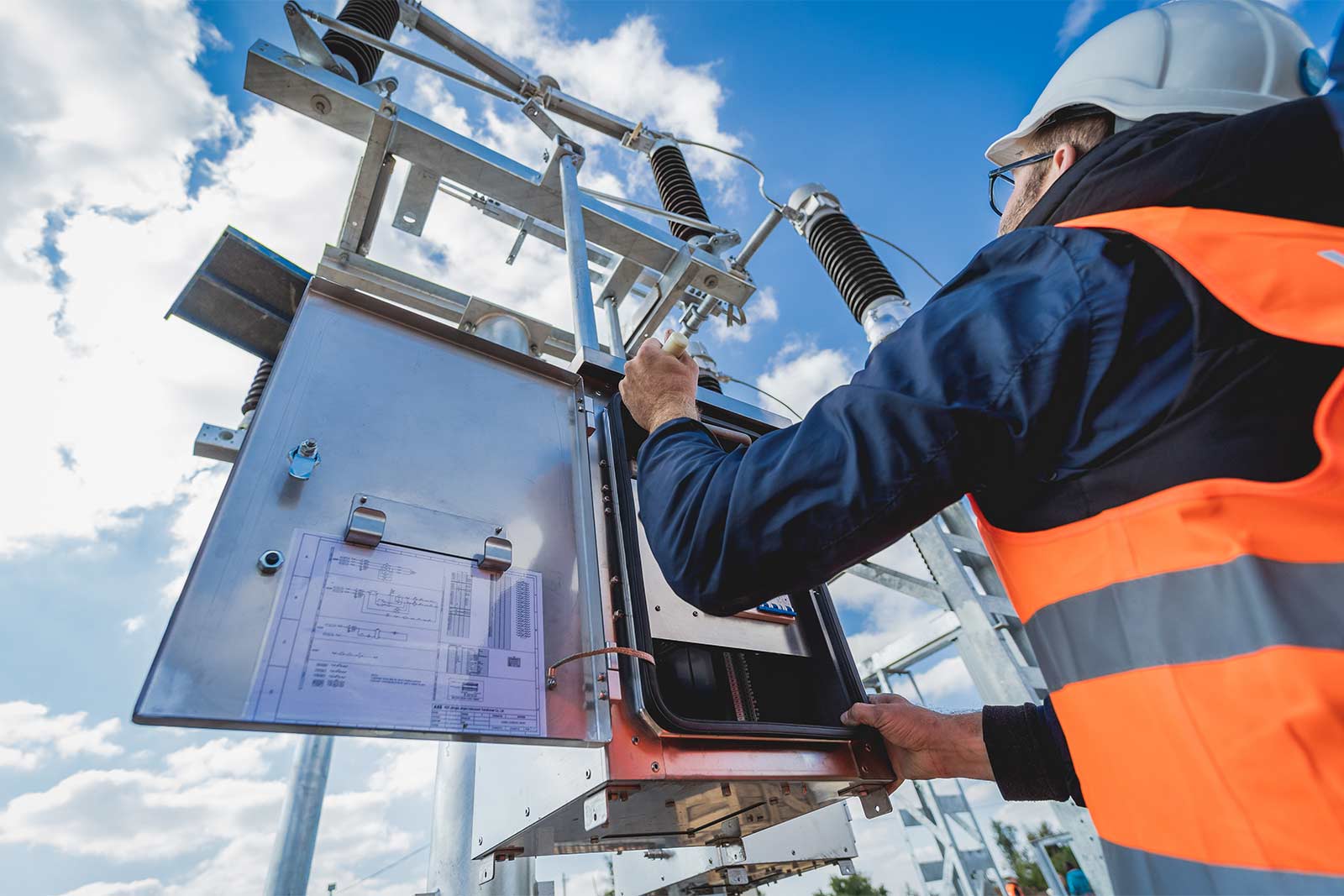So many aspects of modern life, from the ways we heat our homes and cook our food to the ways that we travel, rely upon electricity. This means that, in these electrical distribution networks, reliability is paramount.
In today’s post, we will look closely at one element of a reliable electrical network: a sectionalizer, or sectionalizing switch.
What is the Purpose of an Electrical Sectionalizer and How Does It Work?
An electrical sectionalizer, also called a sectionalizing switch or a disconnect switch, is a non-load break device used to isolate a section of an electrical distribution circuit. It is usually located near to the load side of the electrical transmission and distribution circuit.
Electrical sectionalizers can be used for both AC and DC electrical systems, and the two types are slightly different. Typically, AC systems (which are used to supply power to our towns and cities) and their corresponding switches are more intricate and complex, whereas DC systems (used, amongst other things, to power electrified transit) and their switches are slightly more straightforward.
Sectionalizers can be manually or electrically operated, and in either a knife or bolted pressure style. Depending upon the configuration of the system, they can be pad mounted, wall mounted, or pole mounted.
Where Are Electrical Sectionalizers Typically Used?
Electrical sectionalizers have many different applications and can be found in virtually any area in which electricity plays a key role. One of the most vital uses is in the power distribution networks that provide electricity for household use.
In this case, the systems are primarily AC-based. Sectionalizers for AC systems often have the additional feature of a counter to identify when the circuit breaker trips. This makes it much easier to identify exactly where the fault is located and then re-energize the rest of the system while the fault is fixed.
Electrical Sectionalizers for Electrified Transit
The electrical sectionalizers we provide here at MAC Products are primarily used in the areas of traction power and overhead catenary system (OCS) transit.
In the case of an OCS, in which the train’s pantograph collects current from an overhead wire, the switches can be used to sectionalize portions of this wire. This type of sectionalizer is often called a section insulator, effectively “chopping up” the entire distribution circuit into smaller sections which can then be maintained or closed off as required. This means that a fault in one section of the circuit will not bring down the entire system.
Disconnect switches for electrified transit will typically be located next to the DC substation or on a pole by the track. They can consist of an individual feeder switch next to the track, a gang of three switches in a feeder-tie-feeder configuration next to a traction power substation, or a lineup of multiple switches (i.e. a switchboard) in the maintenance facility. The switches will usually be housed inside a fiberglass enclosure in order to protect them.
What Is the Difference Between a Sectionalizer vs Recloser?
A recloser is a feature found on some circuit breakers. Once the circuit breaker has tripped and opened, the recloser checks whether the fault has been rectified and, if it has, it recloses the circuit breaker. After several failed attempts at this, the circuit breaker will remain open and require an operator to fix the issue and reset it.
Therefore, sectionalizers are a different part of the overall system to reclosers. Reclosers are typically located upstream of the sectionalizers, and one recloser usually serves several sectionalizers.
Maintenance of Electrical Sectionalizers
The required maintenance for a sectionalizer or disconnect switch is relatively light. Sectionalizers are non-load break switches (meaning that they do not have a high current flowing through them) and do not operate regularly. They also tend to be rated higher than the system’s typical consumption and, as we mentioned above, located within a protective fiberglass enclosure.
All of this means that they are hard-wearing and long-lasting, with lifespans of 40-50 years not being uncommon. In some cases, customers request that their switches are provided without the enclosure. In these instances, the maintenance will be slightly higher, with switches needing to be greased to remove contaminants. Their overall lifespan may also be somewhat shortened.
Safety Considerations
In general, sectionalizing switches are very safe. MAC’s sectionalizing switches can come with numerous built-in safety features including voltage indicating lights, voltage monitors, the locking of switch handles in place when an operation is not allowed, the locking of door handles when equipment is energized, the ability to limit switches for position indication, SCADA for remote monitoring, and Kirk Key interlocks.
However, there are also some basic safety precautions to take into consideration before working on your sectionalizing switches. First, always de-energize the system before attempting any work or maintenance. In addition, before working on a switch, it is important to put a ground onto it to eliminate electrocution risks to personnel.
Learn More and Work With Us
Here at MAC, we are proud to provide custom sectionalizing switches of various types and with an array of optional features built to client specifications.
If you would like to learn more about sectionalizing switches in general or about any of our products and how we might be able to work together, we would love to hear from you. Please get in touch with a member of our knowledgeable, experienced team at any time.






